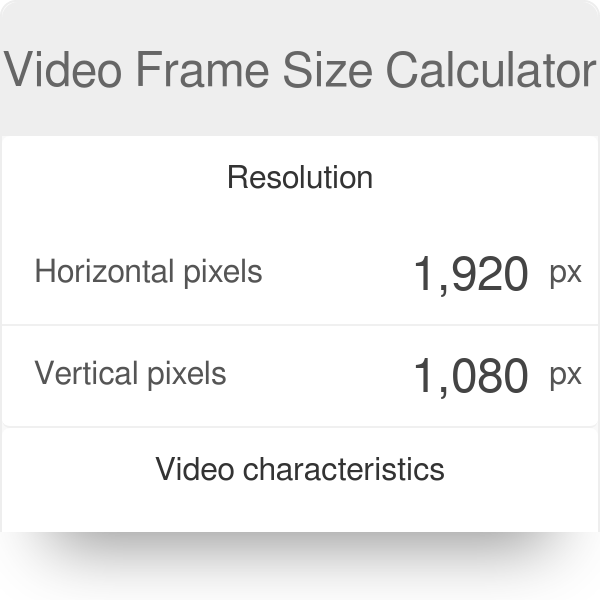

- #PREMIERE TIMECODE CALCULATOR GENERATOR#
- #PREMIERE TIMECODE CALCULATOR SOFTWARE#
- #PREMIERE TIMECODE CALCULATOR CODE#
- #PREMIERE TIMECODE CALCULATOR TV#
There was no "drift" in accumulation of the. There was still 30.00 frames per second in the video, but the color portion traveled at a different rate to eliminate the picture/sound interference problem. But this caused problems with the picture and sometimes even messed with the audio.Įngineers found a brilliant solution: They slowed the color down to 29.97 frames per second.
#PREMIERE TIMECODE CALCULATOR TV#
When Color TV was being developed, we didn't want to transmit 2 signals from the TV station: one for the common Black-and-White and another for Color so the color was "piggy-backed" on top of the black-and-white signal and black-and-white TVs were supposed to ignore the color subcarrier. Since Europe had 50 Hz cycles of power, TVs there were timed for 25.00 frames per second. There had to be a way to give a unique ID number to each of the 30 frames per second on videotape (25 fps in Europe).īlack-and-White TV ran at an even 30.00 frames per second, because the TV sets were timed to the cycles of power in the common household (60 Hz/120v).
#PREMIERE TIMECODE CALCULATOR CODE#
Time Code was invented for NASA by EECO (Electronic Engineering Company of California), and when color TV was being developed in the US in the 1960s, broadcasters asked EECO to make a similar system for counting video frames, which unlike film which could be held-up to the eye and seen, video tape held to the naked eye could not show frame pictures. Read below if you want more detail and the history of Drop-Frame Time Code.
#PREMIERE TIMECODE CALCULATOR GENERATOR#
UNLESS, you are slaving all cameras from one MASTER camera's time code generator ("Jam-Sync") – then they are all identical, because even if they drift, they drift together (the slaves self-correct to follow the master). People who use SMPTE (Society of Motion Picture & Television Engineers) time code on cameras think that just because their cameras have SMPTE time code, all cameras are in sync if triggered together.
#PREMIERE TIMECODE CALCULATOR SOFTWARE#
If this software bases its non-time code mode on the computer host's CPU/crystal, the "drift" should then be all the same to wit, if Layer 1 has drifted by 5 frames in an hour, the software (if properly written) would drift all sync'd layers by the same amount, keeping everything identical.Īll clocks, time code or not, eventually "drift." But in TV production, if you base all your "slave" devices on the "master device" or "house timecode clock," then they are all in-step with each other and so they all drift TOGETHER. 01% difference if, for example, all layers and the final output composition are not all identical in frame rate. However, depending how this software uses the Frames Per Second as a time base, then there could be a. Likewise, you are NOT really "dropping frames," causing any kind of drift over time. After number 8, you would say "10" for what would have been the ninth coin and for the tenth penny, you may call it "dime." You don't have 9 pennies on the table if I asked you to drop the ID name of "9" – you still have 10 pennies. This is a common misnomer about 29.97 frames per second and "DFTC: Drop-Frame Time Code" – In actuality, NO FRAMES ARE "DROPPED," it is just the number LABELING (its "ID: Identification") of each video frame is changed.Īn example would be is if I asked you to count 10 pennies on a table, but ask you to pretend that the number "9" does not exist. With respect and appreciation to the author and his post, the response is somewhat incorrect.

I am a longtime video engineer in Hollywood – raised primarily in Broadcast and Theatrical Film production and post production. Make sure you use at the same frame rate as your clips. The difference is minimal (1 dropped frames every 1000 frames) but that become almost 8.1 frames for a 45 minute file which would be noticeable if the three files don't behave the same way since it's 0.27 of a second.Īssuming the audio is run separately, you could also sync your three clips using SMPTE.


 0 kommentar(er)
0 kommentar(er)
